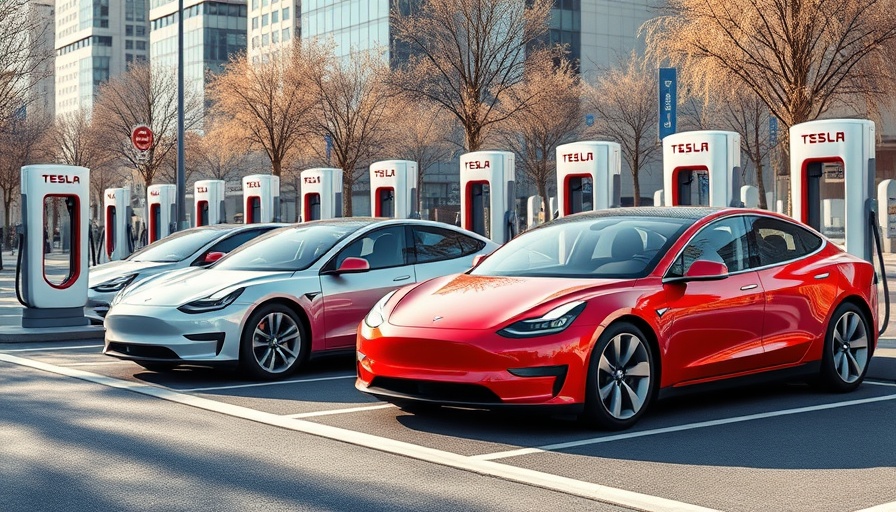
The Dawn of Tesla’s Robotaxi Era
At the intersection of technological innovation and consumer demand lies Tesla’s much-anticipated launch of its robotaxi service in Austin. This venture, which is set to deploy 25 vehicles in a designated geofenced area, marks the beginning of a new chapter for the electric vehicle giant. Elon Musk's vision of integrating self-driving technology into everyday life is becoming tangible, a sentiment echoed by tech bull Dan Ives, who foresees a potential doubling of Tesla's market capitalization to $2 trillion by 2026.
A Paradigm Shift in Mobility and Investment
Dan Ives, an analyst at Wedbush, emphasizes that the rollout of Tesla's robotaxi service could solidify the company’s status as a leader in the autonomous vehicle sector. This outlook aligns with Musk's ambition to transform car ownership into a shared experience, akin to platforms like Airbnb. Owners can contribute their vehicles to the robotaxi fleet when not in use, effectively monetizing an asset that traditionally sits idle.
Contextual Challenges and Market Response
Despite the excitement surrounding the rollout, Tesla faces challenges such as a decline in stock performance, which has seen a 15.9% drop year-to-date. Furthermore, Tesla's recent sales figures have disappointed investors, exacerbating concerns over its competitive positioning amidst a tense U.S.-China relationship. Traditional analysts are cautious, as highlighted by Baird’s recent downgrade of Tesla’s stock from "buy" to "neutral." This illustrates a divide in perceptions among potential investors and outlines the waves of unpredictability in the market.
Regulatory Landscapes Shaping the Future
Ives believes that under a favorable political landscape, exemplified by a potential Trump administration, regulatory hurdles currently faced by Tesla may ease. This anticipated shift could accelerate Tesla's growth by fast-tracking initiatives critical to the future of autonomous driving, cementing its leadership in the sector. The trajectory of Tesla’s robotaxi service might not only reshape the driving experience but also influence broader industry trends and investment strategies.
The Path Forward for Tesla and its Investors
The introduction of robotaxis could catalyze a new wave of investment opportunities, particularly for those looking to engage with innovative tech startups and sustainable business practices. As cities become more congested and the demand for efficient transport solutions intensifies, Tesla's venture may very well be pioneering the next phase of urban mobility. Investors should remain vigilant, as this unfolding scenario offers both challenges and promising growth.
Tesla’s ambitious plans to integrate self-driving cars into daily life have the potential to redefine both the automotive industry and consumer experiences. For stakeholders in Silicon Valley and beyond, understanding these developments can guide more informed business strategies and investment decisions.
 Add Row
Add Row  Add
Add 



Write A Comment